Home>Gardening & Outdoor>Pool & Spa Care>How Often Should You Add Chlorine To Hot Tub
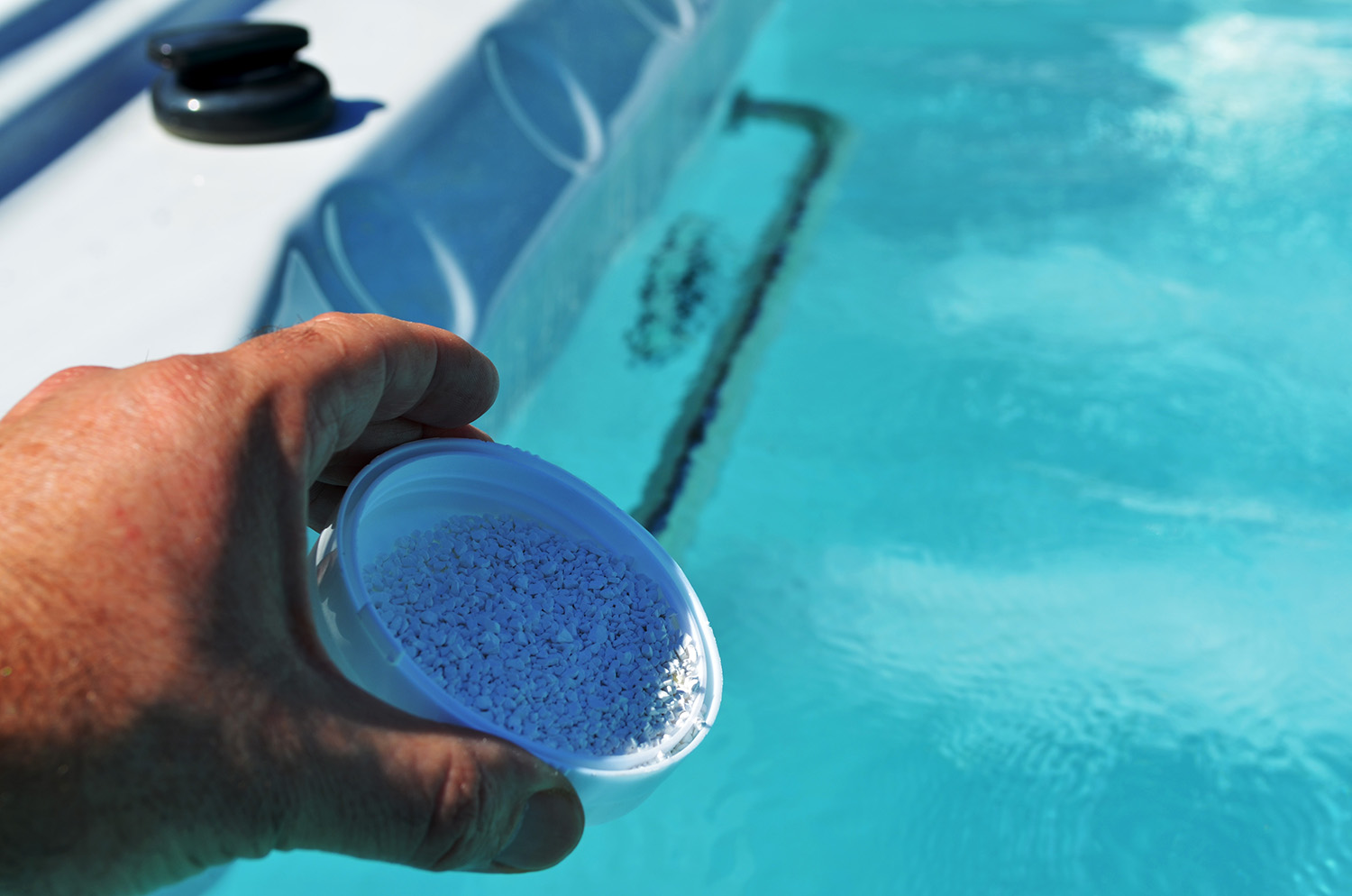

Pool & Spa Care
How Often Should You Add Chlorine To Hot Tub
Modified: January 3, 2024
Learn the best practices for adding chlorine to your hot tub for effective pool and spa care. Find out how often to maintain the water quality and keep your hot tub clean.
(Many of the links in this article redirect to a specific reviewed product. Your purchase of these products through affiliate links helps to generate commission for Storables.com, at no extra cost. Learn more)
Introduction
Welcome to the wonderful world of hot tub ownership! Whether you’ve recently acquired a hot tub or have been enjoying its therapeutic benefits for some time, maintaining proper water chemistry is vital to ensure a safe and enjoyable experience. One of the key components of hot tub water maintenance is chlorine, a powerful sanitizer that helps keep the water clean and free of harmful bacteria and contaminants. In this article, we will explore the importance of chlorine in hot tubs, factors affecting chlorine levels, the recommended frequency of adding chlorine, and the essential process of testing chlorine levels. By the end, you’ll have a comprehensive understanding of how to maintain optimal chlorine levels in your hot tub, ensuring a pristine and inviting soaking environment for you and your guests.
Key Takeaways:
- Regularly adding chlorine to your hot tub helps keep the water clean and safe for soaking, ensuring a delightful and worry-free experience for you and your guests.
- Factors like bather load, temperature, and weather affect how often you should add chlorine to your hot tub, so stay attentive to maintain optimal water quality.
Importance of Chlorine in Hot Tubs
Chlorine serves as a crucial element in hot tub water maintenance, playing a pivotal role in safeguarding the health and well-being of hot tub users. Its primary function is to eliminate harmful bacteria, viruses, and other contaminants that may thrive in warm water, thereby preventing the spread of waterborne illnesses and infections. By effectively sanitizing the water, chlorine helps create a clean and safe environment for hot tub enthusiasts to relax and rejuvenate.
Moreover, chlorine aids in preventing the formation of algae and other organic matter in the hot tub water. These unwanted substances can not only cloud the water and create an unappealing visual appearance but also pose health risks and compromise the overall hygiene of the hot tub. Through its powerful oxidizing properties, chlorine effectively combats these potential nuisances, contributing to the clarity and purity of the water.
Furthermore, maintaining appropriate chlorine levels in your hot tub helps prolong the lifespan of the equipment and accessories. By preventing the buildup of harmful microorganisms and organic debris, chlorine minimizes the risk of clogging filters, corroding components, and deteriorating surfaces, thus preserving the functionality and aesthetics of the hot tub.
Overall, the presence of chlorine in hot tub water is indispensable for creating a hygienic, visually appealing, and safe environment for users. By understanding and embracing the significance of chlorine, hot tub owners can ensure that their aquatic retreat remains a delightful and worry-free oasis for relaxation and enjoyment.
Factors Affecting Chlorine Levels
Several factors can influence the chlorine levels in a hot tub, necessitating a keen understanding of these variables to effectively manage and maintain the appropriate chlorine concentration. The following are key factors that can impact chlorine levels:
- Bather Load: The number of individuals using the hot tub and the duration of their soak can significantly affect chlorine levels. More frequent use and a higher bather load can lead to faster chlorine depletion, requiring more frequent monitoring and adjustment of chlorine levels.
- Temperature: Warmer water temperatures can accelerate the consumption of chlorine, as the heat promotes the growth of bacteria and other microorganisms. Hot tubs situated in sunny locations or those frequently used in warm climates may experience more rapid chlorine dissipation.
- Weather Conditions: Environmental factors such as sunlight, wind, and rain can influence chlorine levels. Exposure to sunlight can cause chlorine to degrade more quickly, while heavy rain or windblown debris can introduce contaminants that necessitate additional chlorine to maintain water purity.
- Hot Tub Cover: A well-fitted, properly maintained hot tub cover can help minimize the impact of external factors on chlorine levels. A secure cover can shield the water from excessive sunlight, debris, and rain, thereby reducing the rate of chlorine consumption.
- Water Quality: The initial quality of the water, including its pH and mineral content, can affect the efficacy of chlorine. Balanced pH levels and appropriate mineral concentrations can optimize the performance of chlorine, ensuring efficient sanitation and longevity of the chemical in the water.
By attentively considering these factors, hot tub owners can proactively manage and adjust chlorine levels to accommodate varying conditions and usage patterns. Regular monitoring and maintenance, coupled with a nuanced understanding of these influences, empower hot tub enthusiasts to sustain an inviting and hygienic soaking environment.
Check your hot tub’s chlorine levels at least 2-3 times a week, and add chlorine as needed to maintain a level of 3-5 ppm. This will help keep your hot tub clean and safe for use.
Recommended Frequency of Adding Chlorine
Establishing a consistent schedule for adding chlorine to your hot tub is essential for maintaining optimal water quality and ensuring the effectiveness of the sanitizer. While the specific frequency may vary based on individual circumstances and environmental factors, a general guideline can help hot tub owners gauge how often they should add chlorine to their water.
As a rule of thumb, it is advisable to add chlorine to your hot tub at least once a week. This routine application helps replenish the chlorine levels and sustain the water’s sanitizing capabilities, particularly in the face of regular use and potential exposure to external contaminants. However, it’s important to note that the actual frequency of chlorine addition may need to be adjusted based on the following considerations:
- Bather Load: If your hot tub experiences heavy usage, especially with a higher number of bathers or longer soaking sessions, more frequent addition of chlorine may be necessary to compensate for increased sanitizer consumption.
- Temperature and Weather: During periods of elevated temperatures or exposure to intense sunlight, which can accelerate chlorine depletion, more frequent monitoring and supplementation of chlorine may be warranted to uphold water quality.
- Water Testing Results: Regular testing of chlorine levels, ideally conducted at least once a week, can provide valuable insights into the rate of chlorine consumption and the need for adjustments in the addition frequency.
By integrating these factors into your maintenance regimen and remaining attentive to changes in usage patterns and environmental conditions, you can fine-tune the frequency of adding chlorine to your hot tub to align with the specific requirements of your aquatic retreat. This proactive approach not only fosters a pristine and inviting soaking environment but also supports the longevity and performance of your hot tub equipment and accessories.
Testing Chlorine Levels
Regular testing of chlorine levels is a fundamental aspect of hot tub maintenance, enabling hot tub owners to monitor the efficacy of the sanitizer and make informed adjustments to maintain optimal water quality. By incorporating a systematic approach to testing chlorine levels, you can uphold a healthy and hygienic environment in your hot tub. Here’s a comprehensive guide to testing chlorine levels:
Choose a Reliable Test Kit: Select a high-quality test kit designed specifically for hot tub water testing. These kits typically include test strips or liquid reagents that allow for accurate measurement of chlorine levels, ensuring precise and reliable results.
Follow Testing Guidelines: Adhere to the instructions provided with your test kit, ensuring that you follow the recommended procedures for obtaining and interpreting chlorine measurements. Consistency and precision in testing methodologies are essential for obtaining reliable data.
Establish a Testing Schedule: Implement a regular testing schedule, ideally conducting chlorine tests at least once a week. However, during periods of heavy usage, extreme weather conditions, or other significant environmental changes, more frequent testing may be necessary to promptly address any deviations in chlorine levels.
Interpret Test Results: Upon conducting the chlorine test, carefully interpret the results to ascertain the current chlorine levels in your hot tub water. Most test kits provide colorimetric indicators or digital readouts to facilitate easy interpretation of the chlorine concentration.
Adjust Chlorine Levels: Based on the test results, make appropriate adjustments to the chlorine levels in your hot tub. If the chlorine concentration falls below the recommended range, supplement the water with the necessary amount of chlorine to restore the appropriate sanitizer levels.
Monitor and Record Results: Maintain a log of your testing results, documenting the chlorine levels and any adjustments made. This record-keeping practice not only facilitates trend analysis but also serves as a valuable reference for future maintenance and troubleshooting.
By diligently adhering to these testing protocols and integrating them into your regular hot tub maintenance routine, you can proactively manage chlorine levels and sustain a clean, safe, and inviting environment for hot tub enjoyment. Consistent testing and adjustment of chlorine levels are indispensable for preserving water quality and ensuring a delightful soaking experience for you and your guests.
Read more: How Often Should You Clean A Hot Tub
Conclusion
As you’ve discovered, maintaining appropriate chlorine levels in your hot tub is a critical aspect of water care that directly impacts the safety, cleanliness, and overall enjoyment of your aquatic retreat. By recognizing the significance of chlorine and understanding the factors influencing its levels, you are better equipped to proactively manage and optimize the sanitizer in your hot tub.
From the essential role of chlorine in eradicating harmful contaminants to its ability to preserve water clarity and equipment longevity, the benefits of maintaining proper chlorine levels are far-reaching. Moreover, establishing a consistent schedule for adding chlorine and conducting regular testing empowers you to uphold a pristine and inviting soaking environment for yourself and your guests.
By integrating these best practices into your hot tub maintenance regimen, you are not only prioritizing the well-being of those who indulge in the therapeutic pleasures of your hot tub but also safeguarding the longevity and performance of your investment. Embracing a proactive approach to chlorine maintenance ensures that your hot tub remains a cherished haven for relaxation and rejuvenation.
As you embark on this journey of chlorine management in your hot tub, remember that each soak in your meticulously maintained oasis is an opportunity to unwind, recharge, and delight in the soothing benefits of warm water therapy. By nurturing a clean, safe, and inviting hot tub environment through diligent chlorine care, you are creating a space where memorable moments and tranquil experiences await.
So, as you embark on this ongoing adventure of hot tub ownership, may your diligent efforts in maintaining optimal chlorine levels be rewarded with countless moments of blissful relaxation and cherished memories in your personal aquatic sanctuary.
Frequently Asked Questions about How Often Should You Add Chlorine To Hot Tub
Was this page helpful?
At Storables.com, we guarantee accurate and reliable information. Our content, validated by Expert Board Contributors, is crafted following stringent Editorial Policies. We're committed to providing you with well-researched, expert-backed insights for all your informational needs.
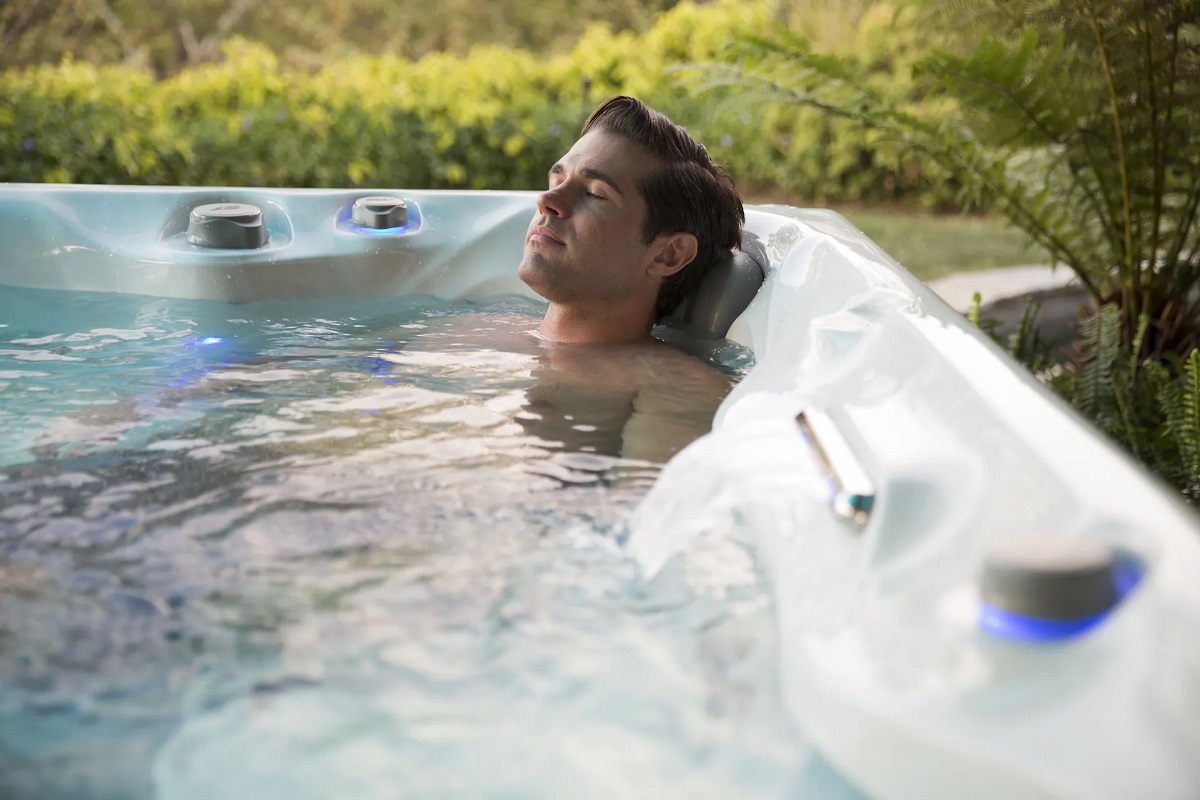
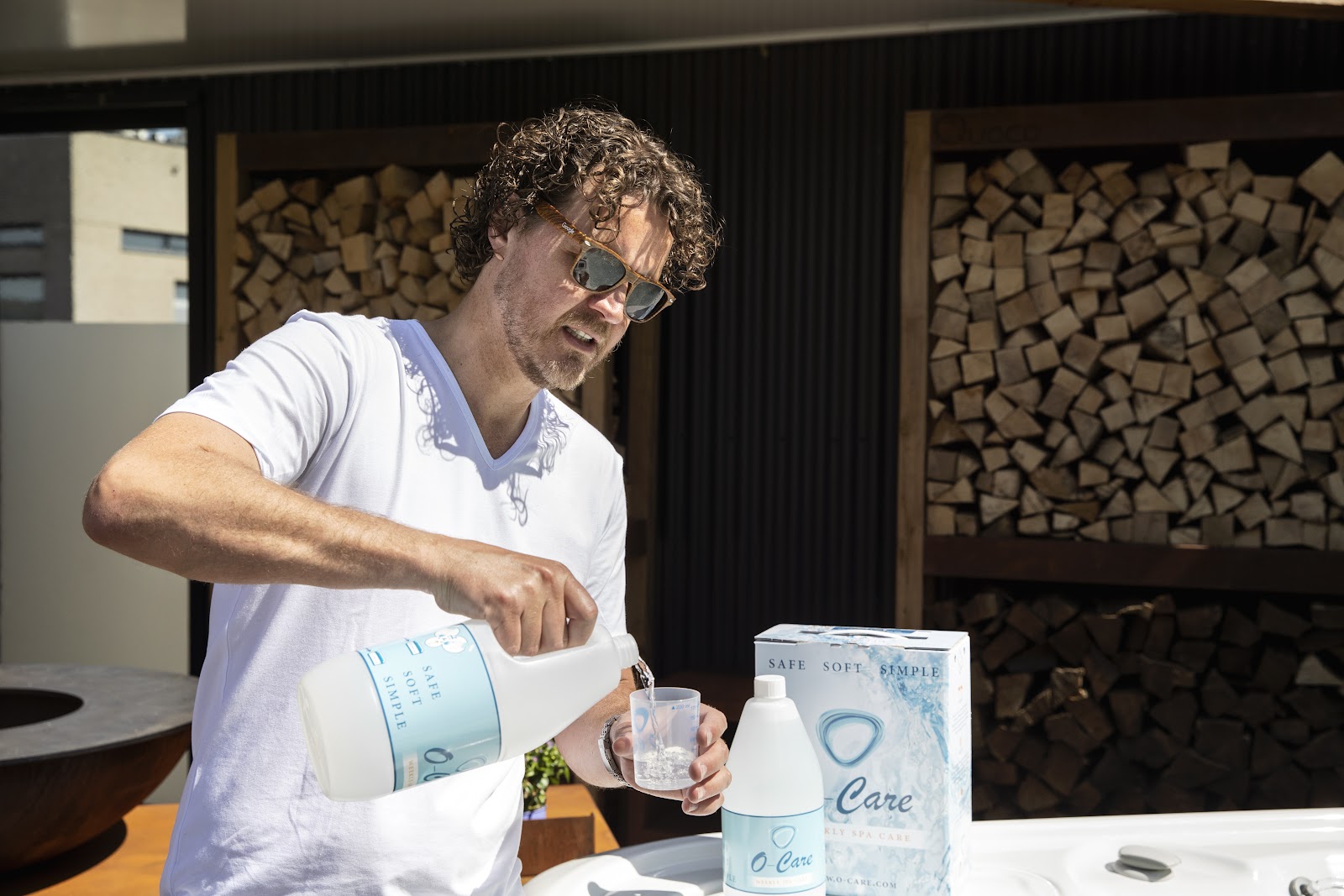
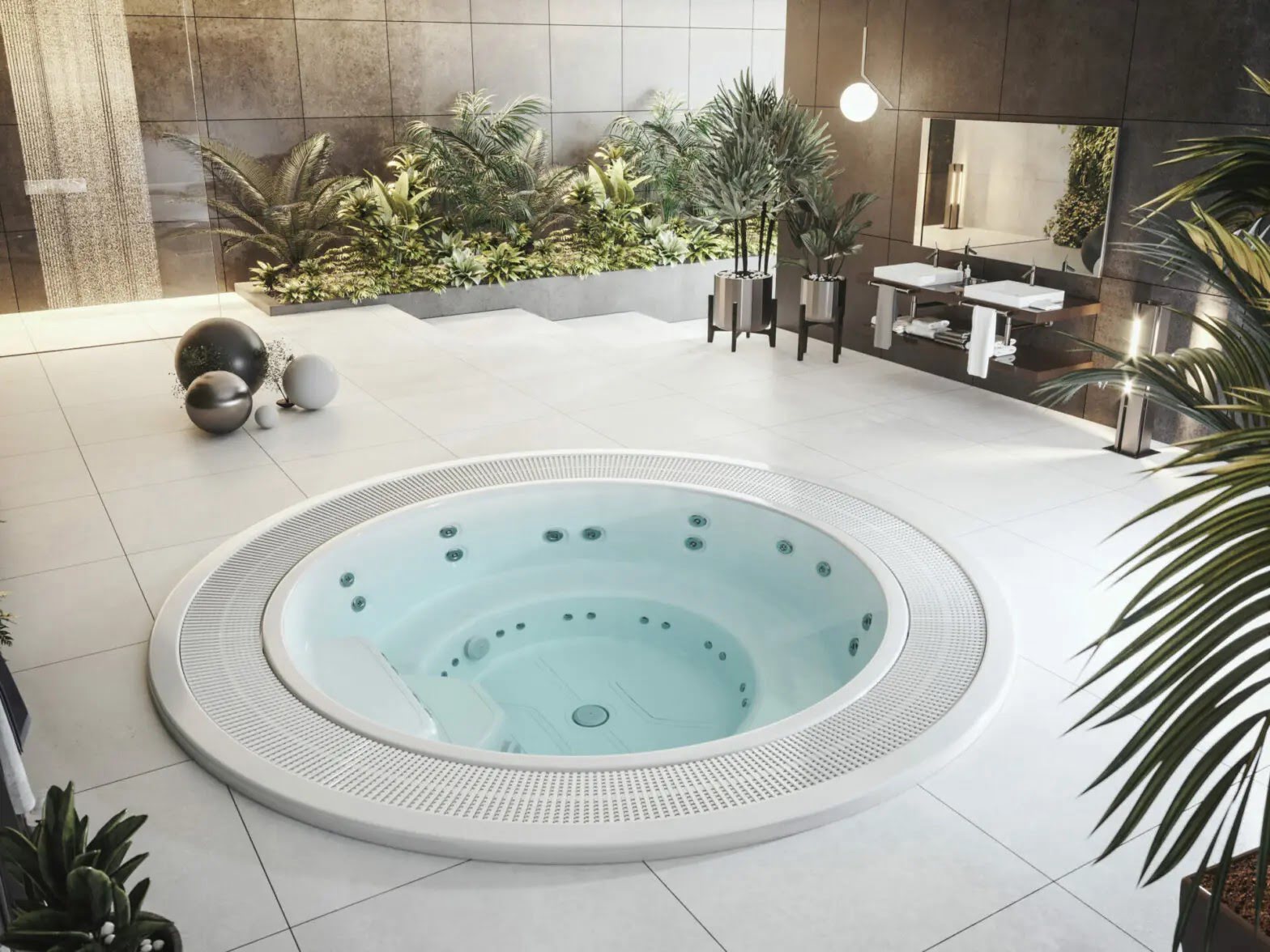
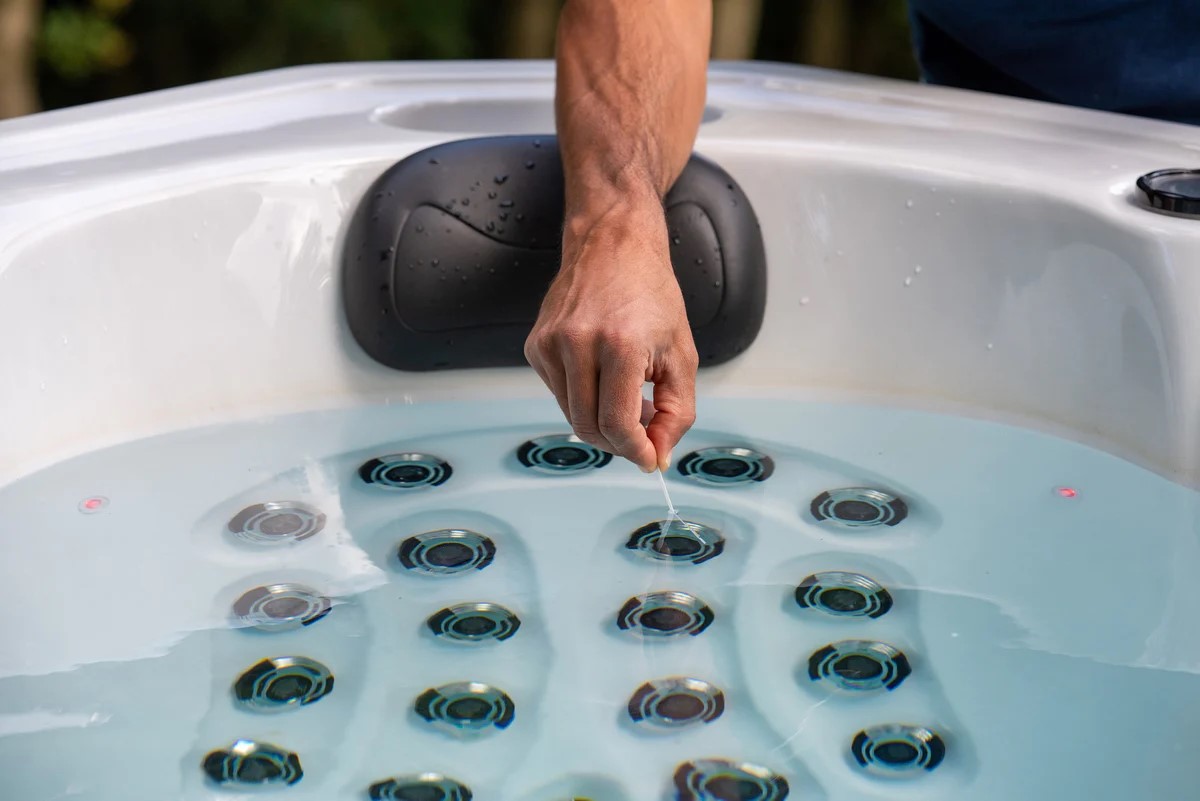
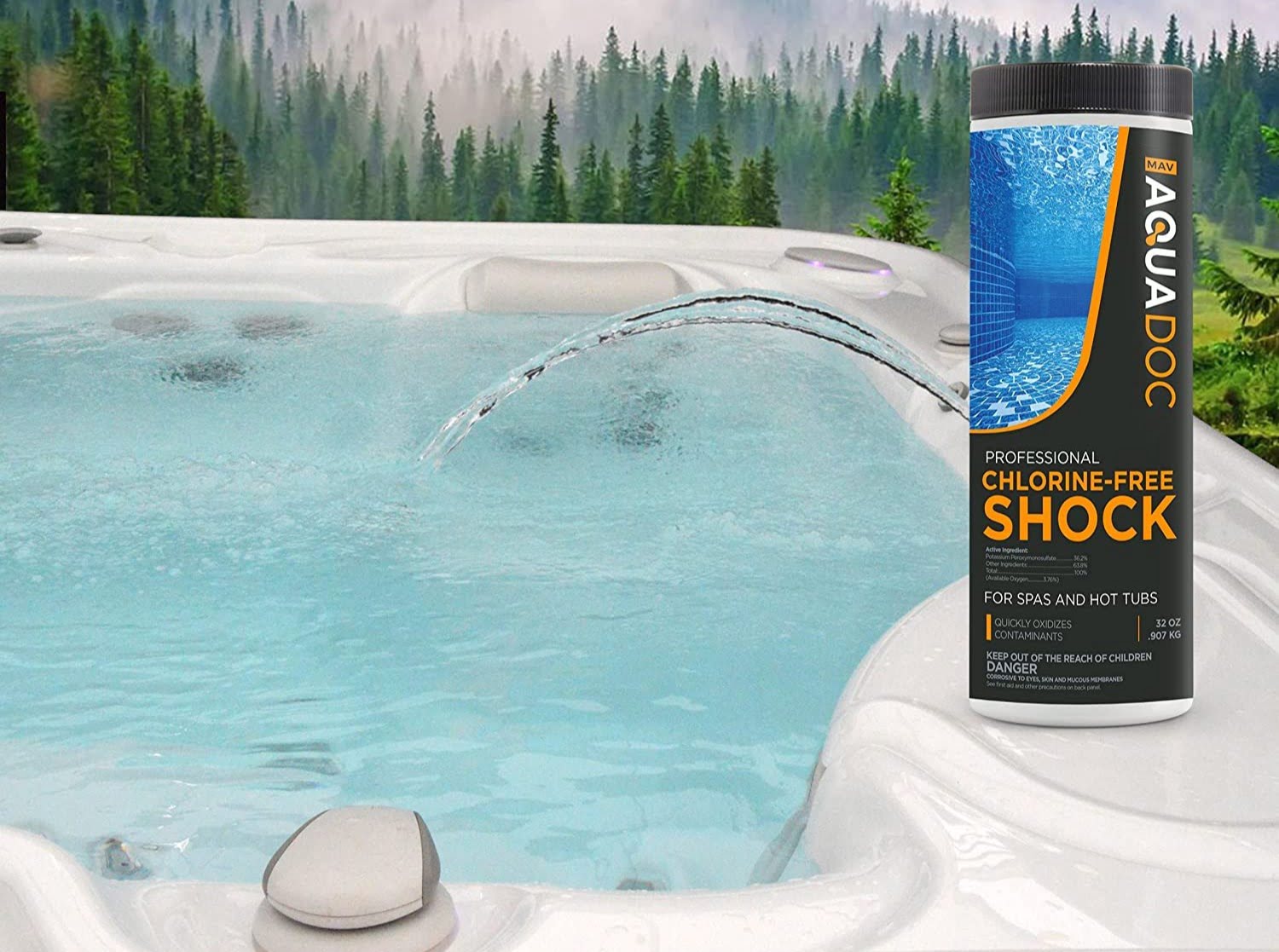
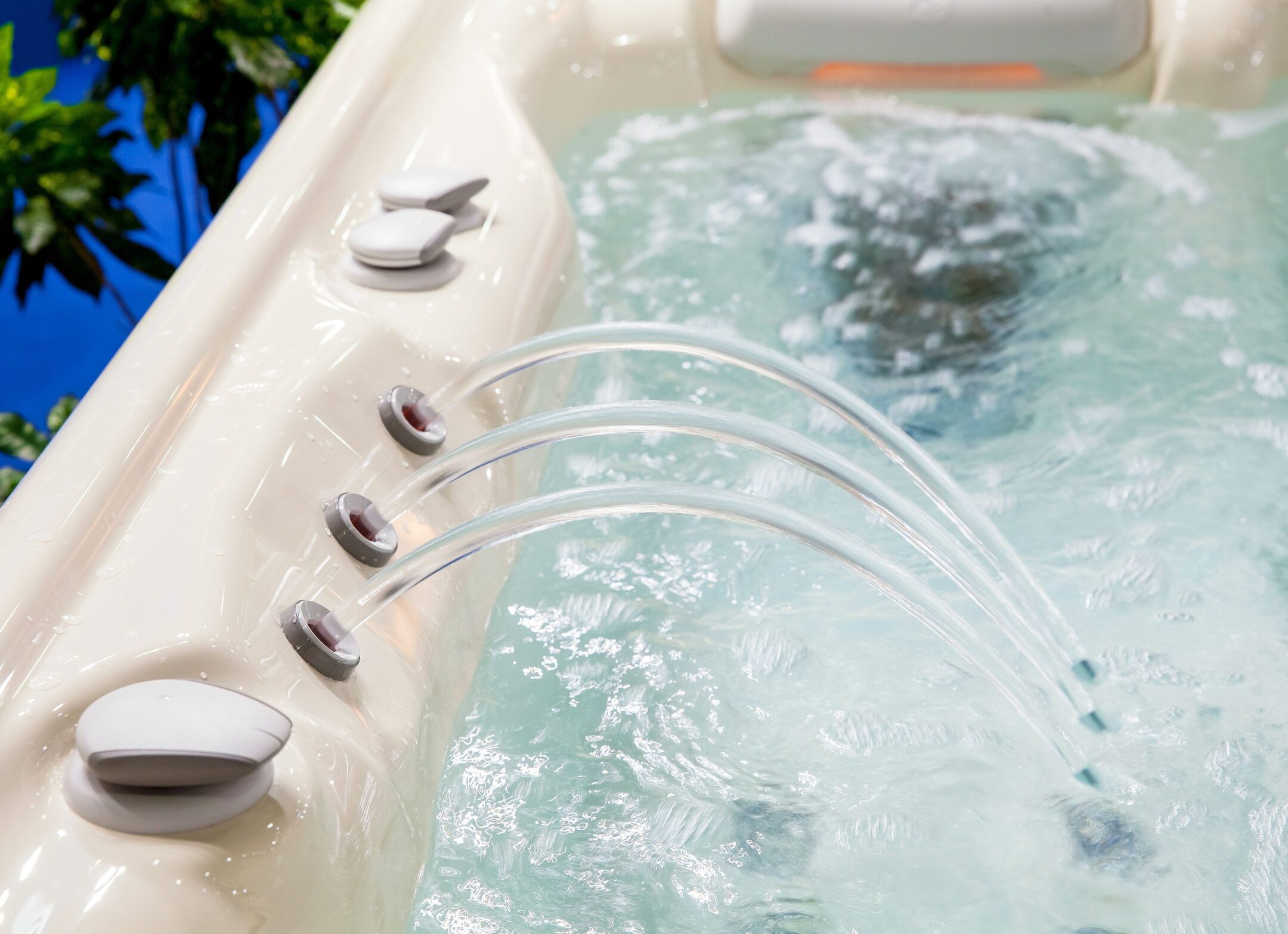
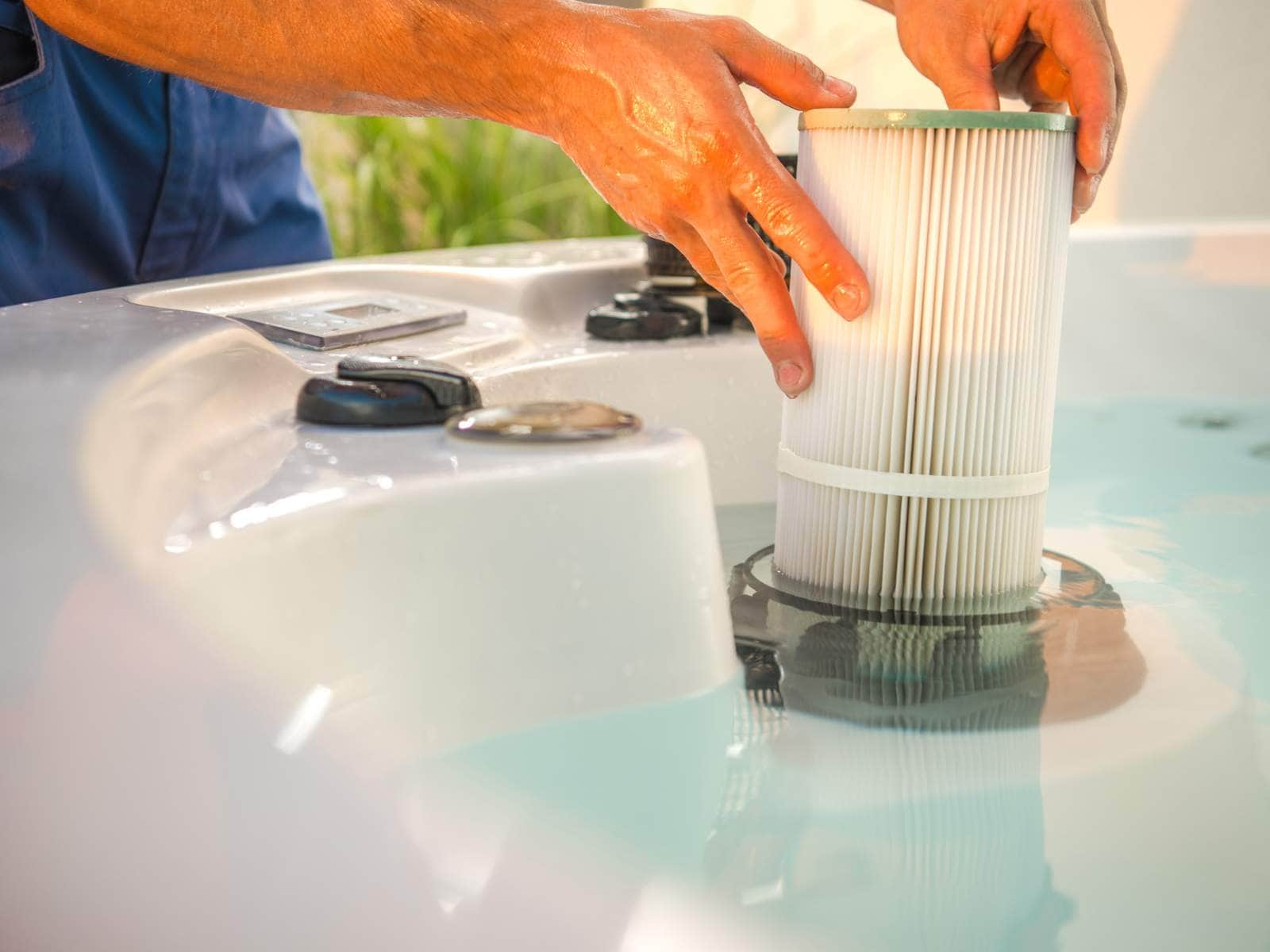
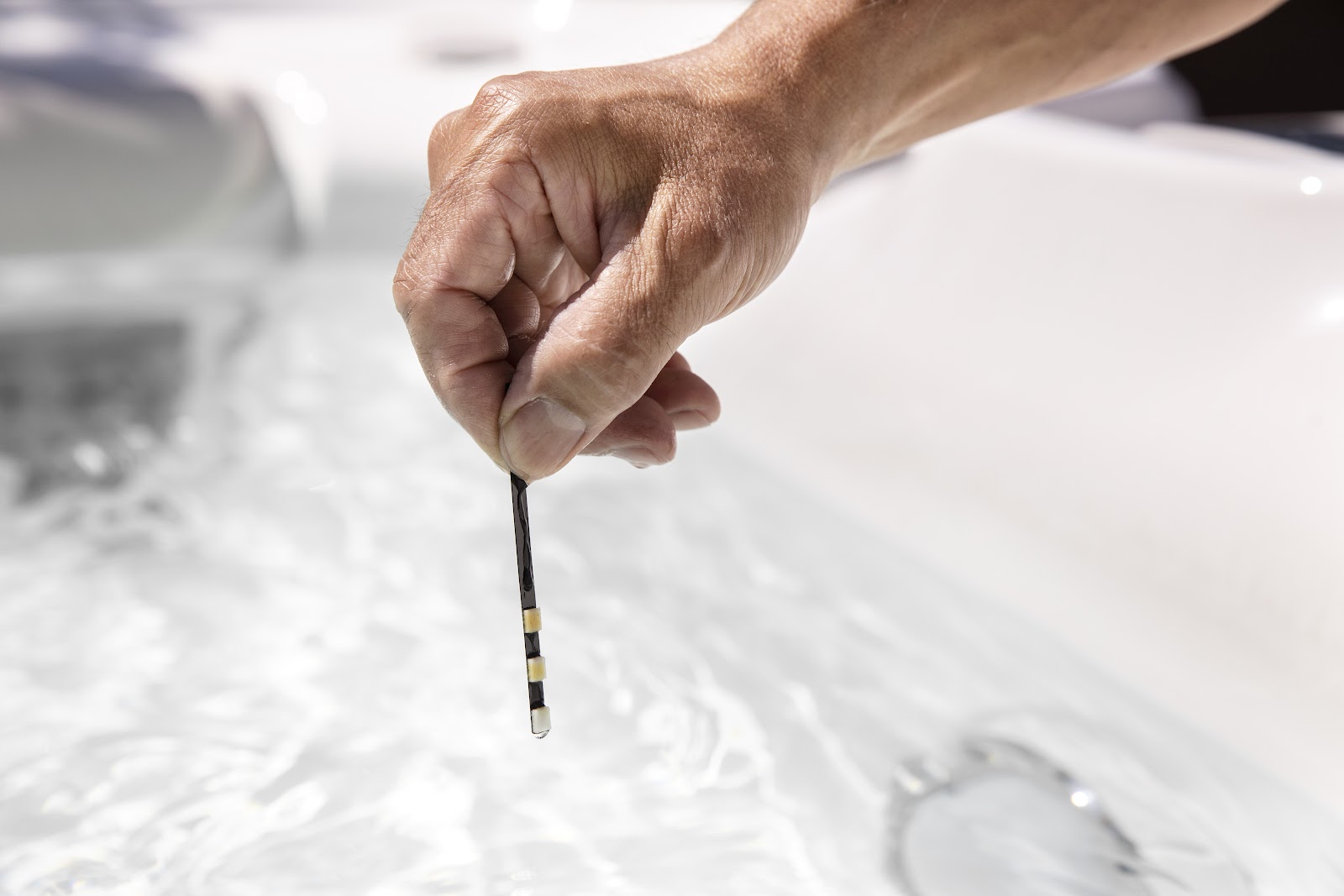
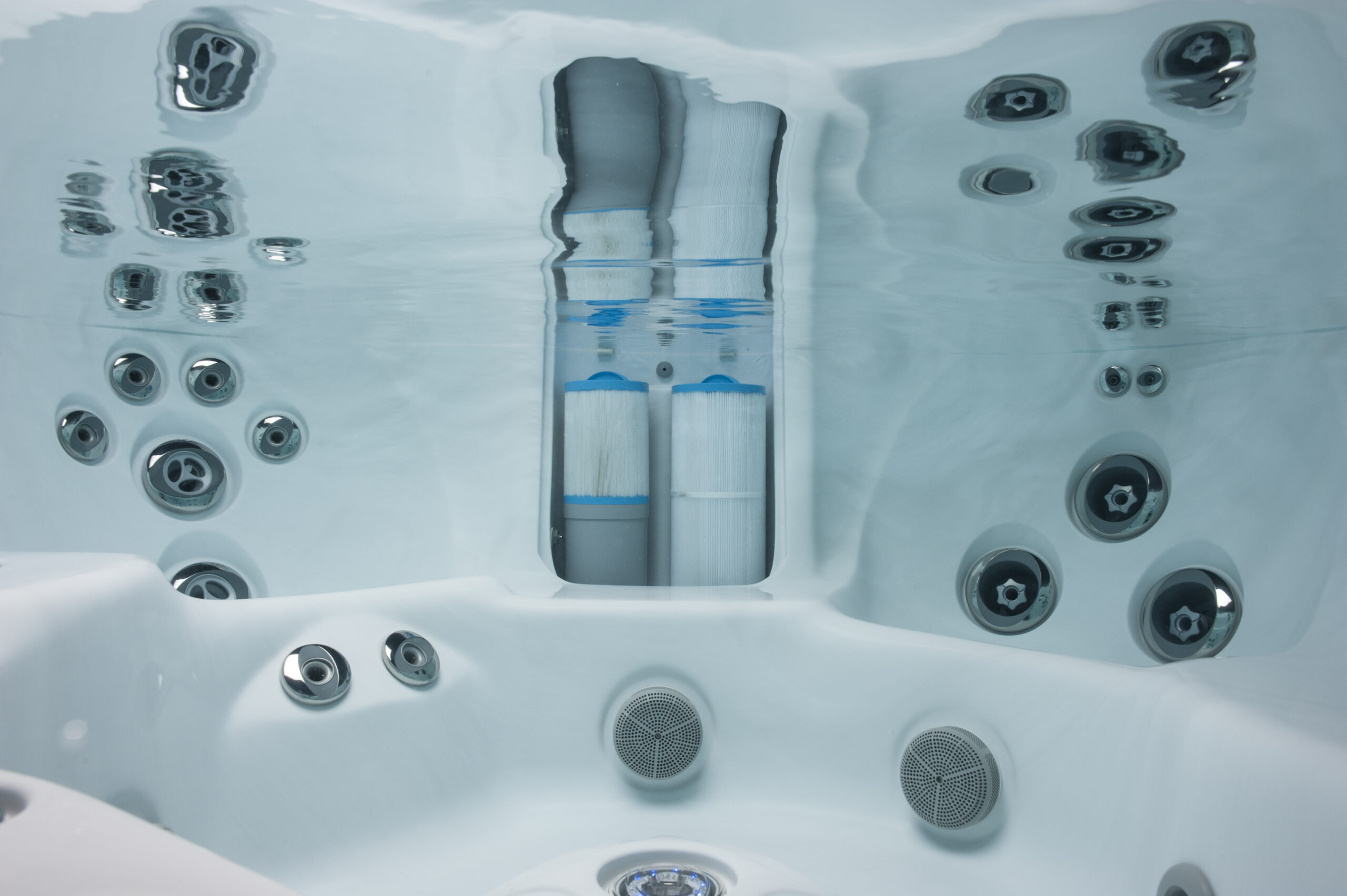

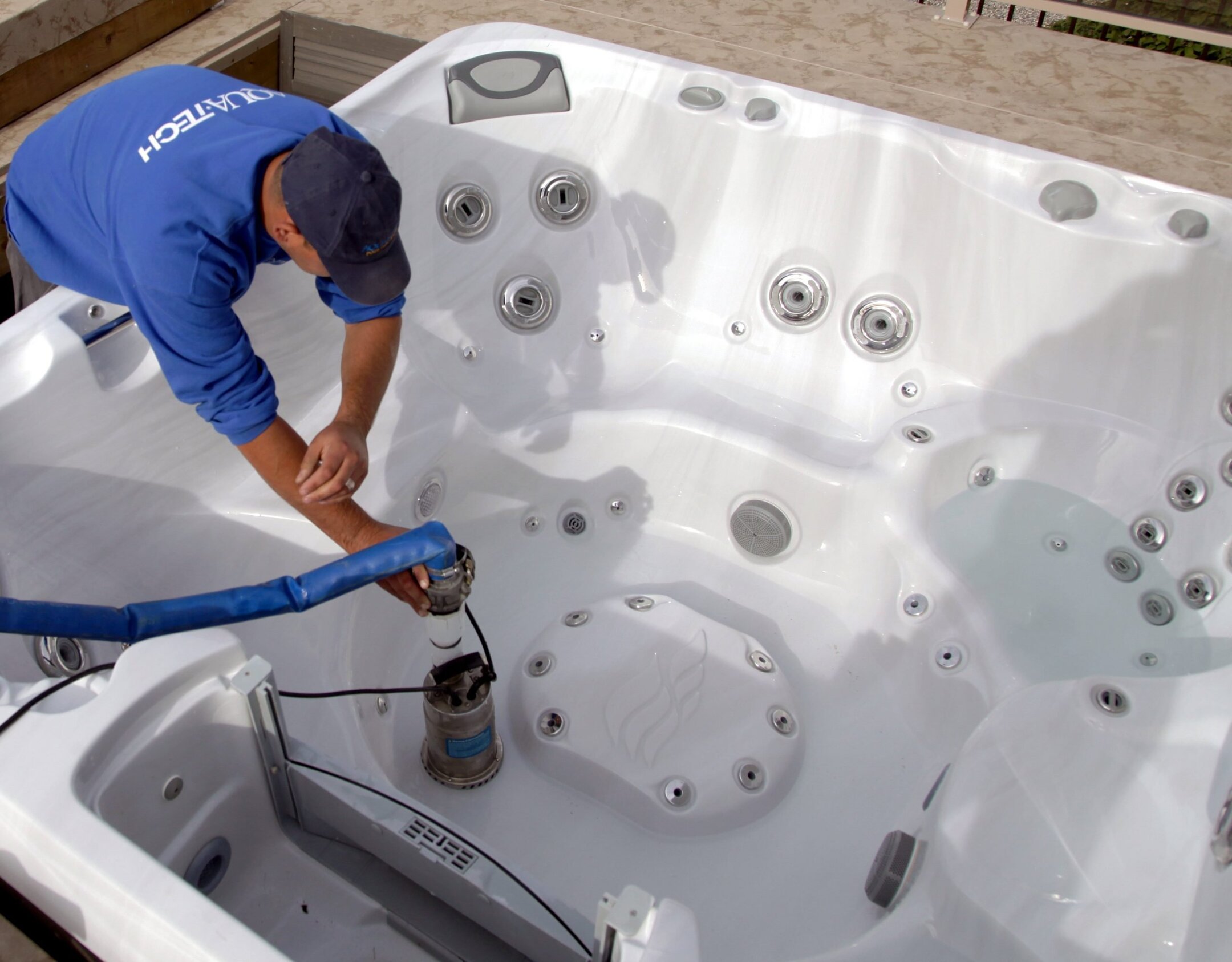
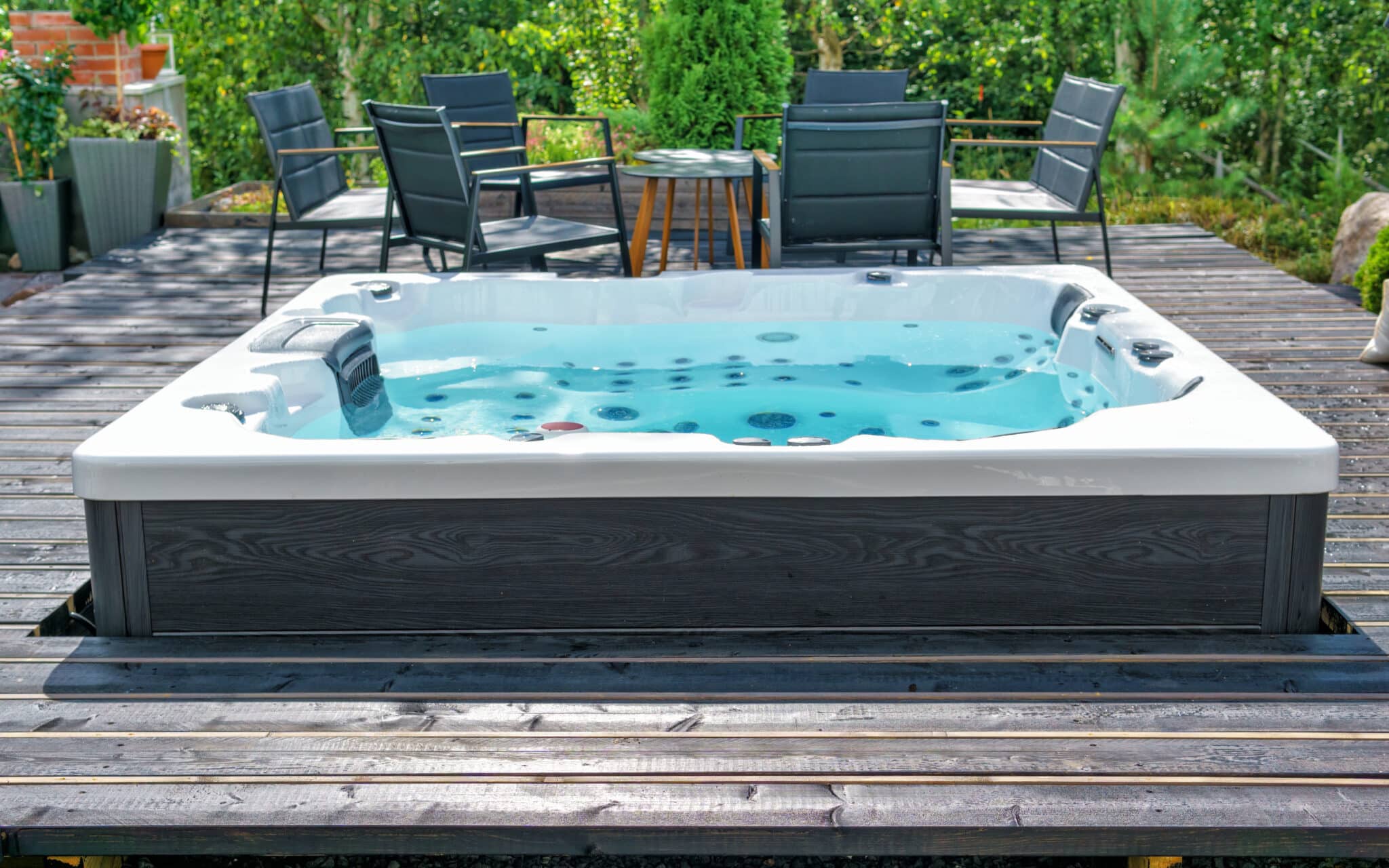
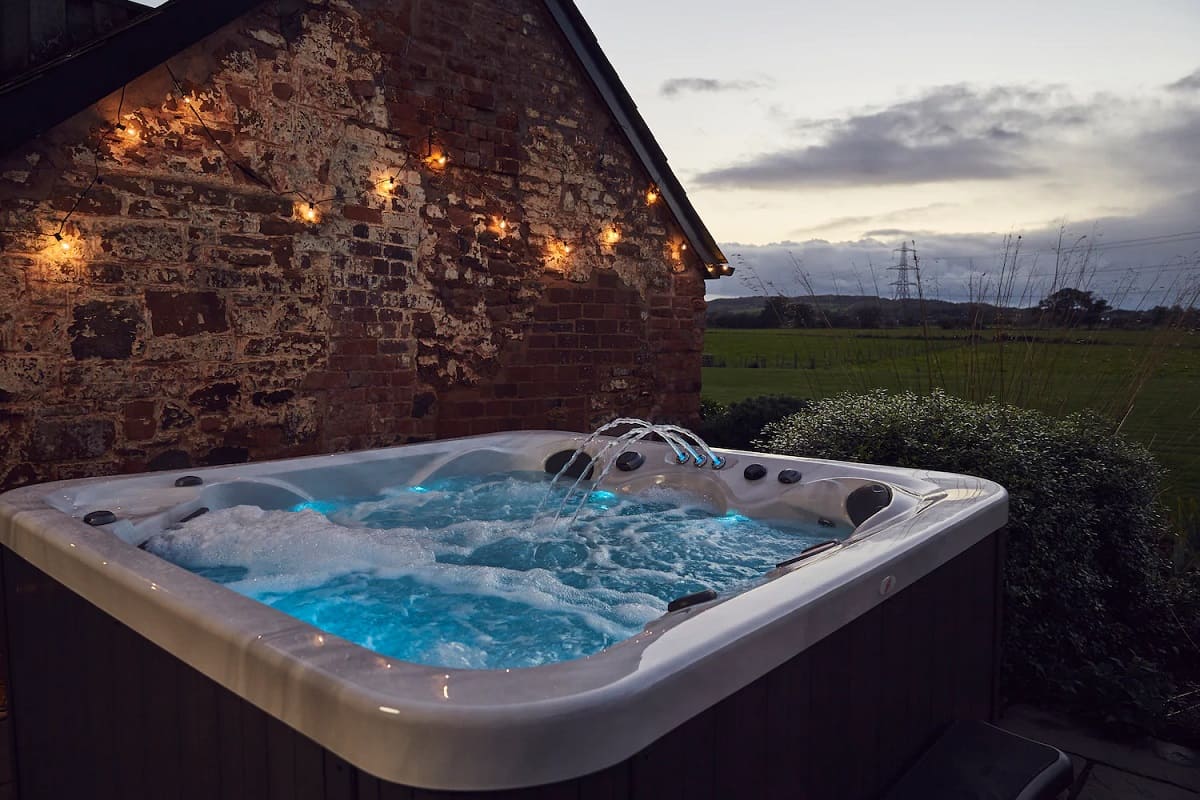
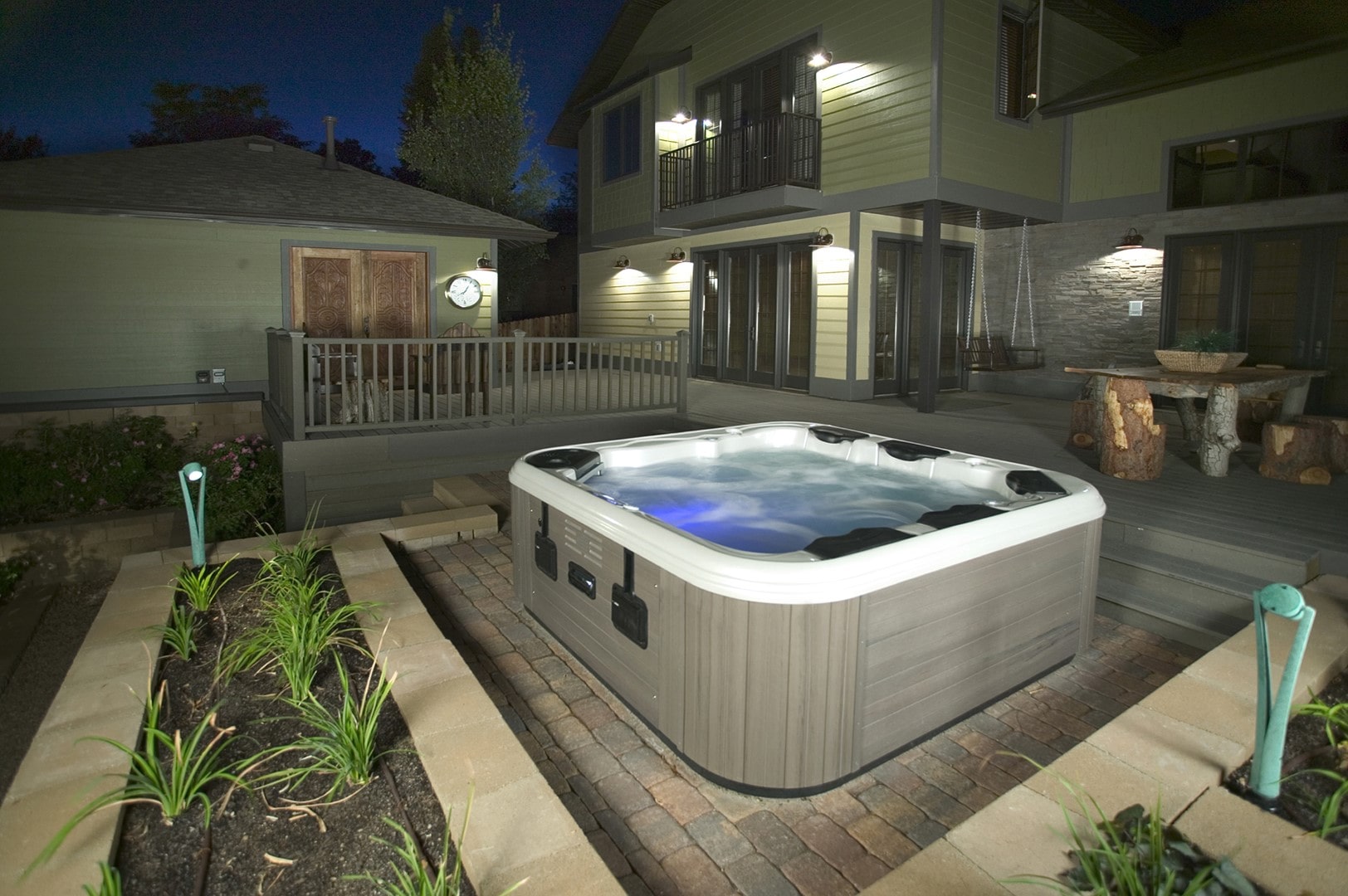

0 thoughts on “How Often Should You Add Chlorine To Hot Tub”